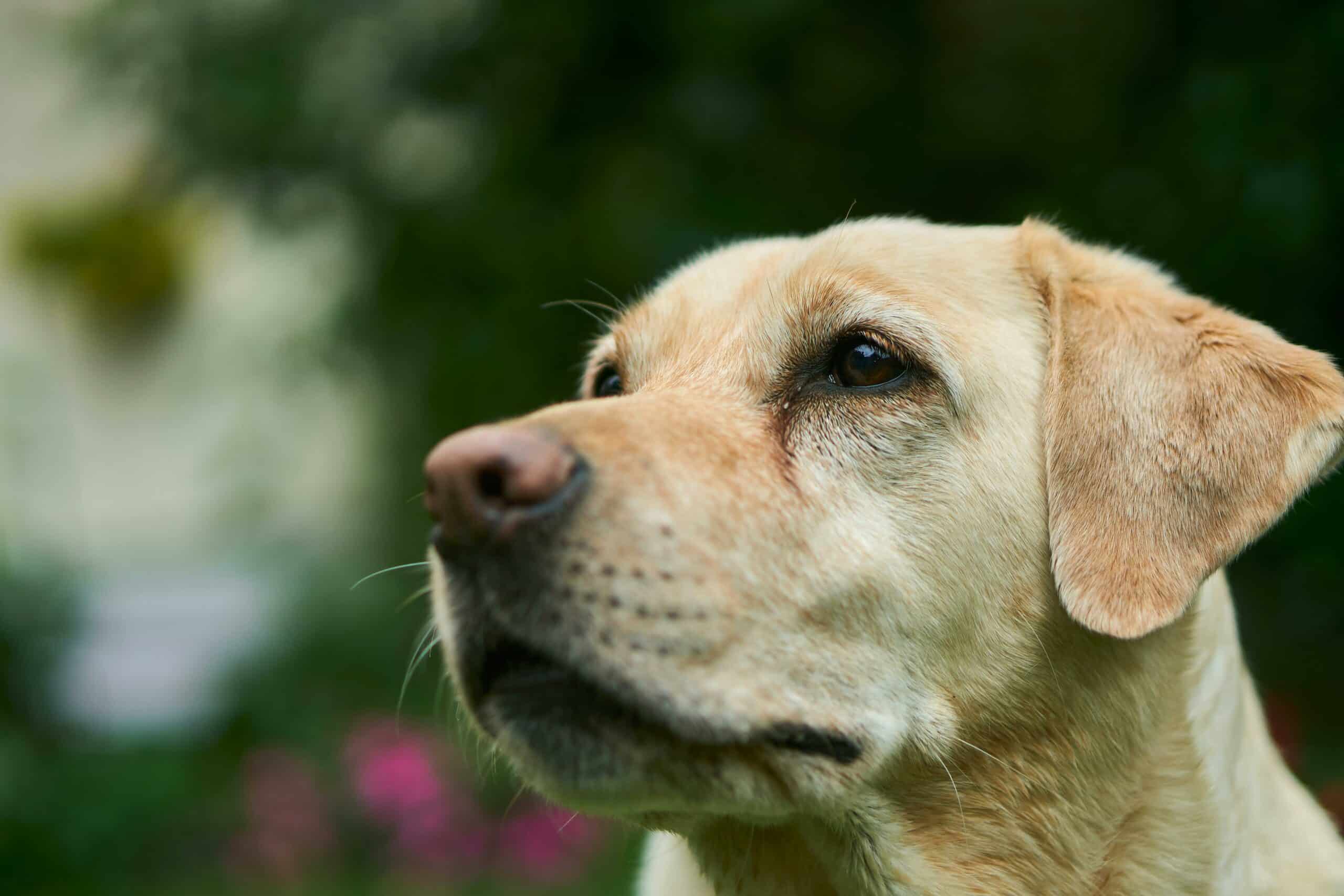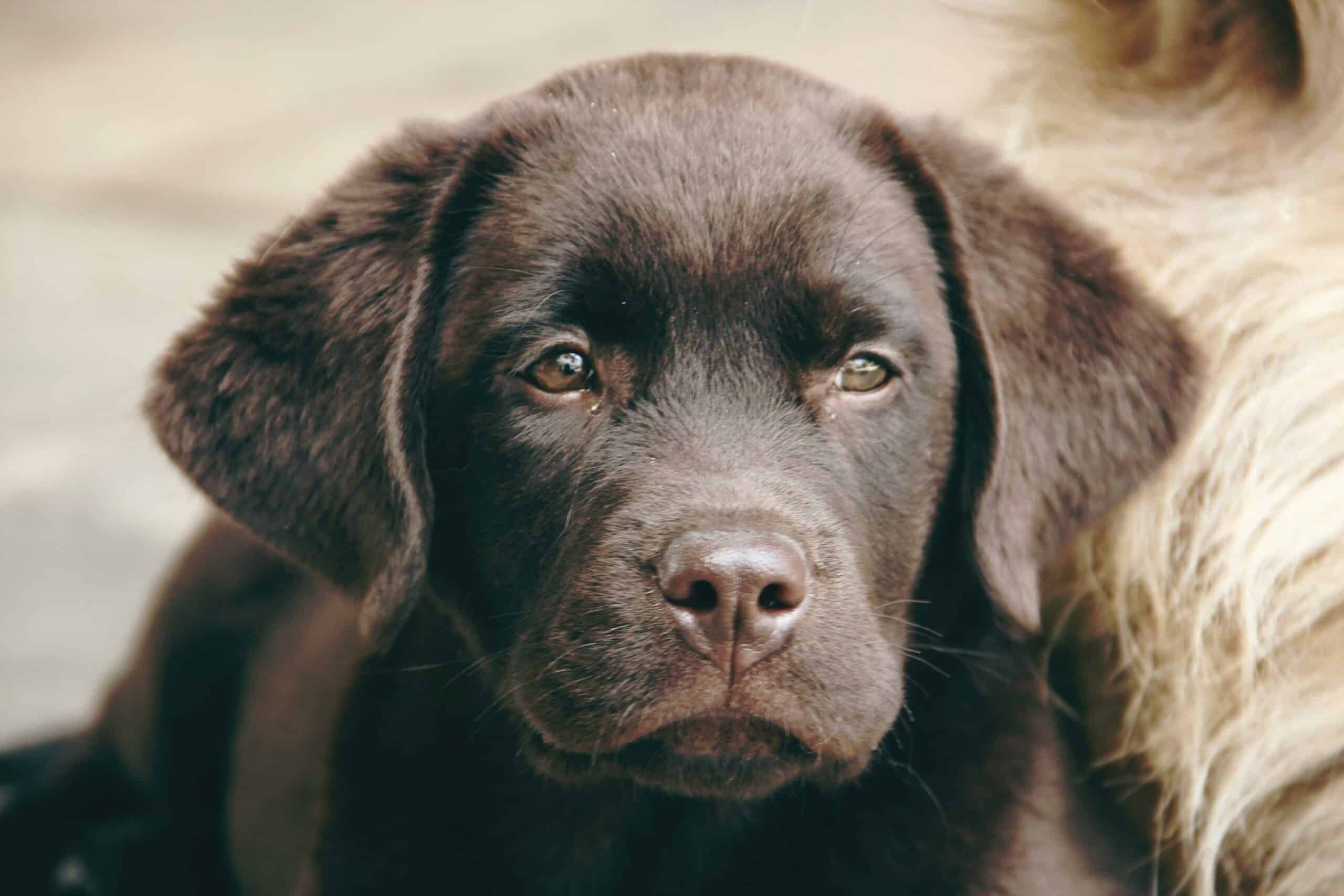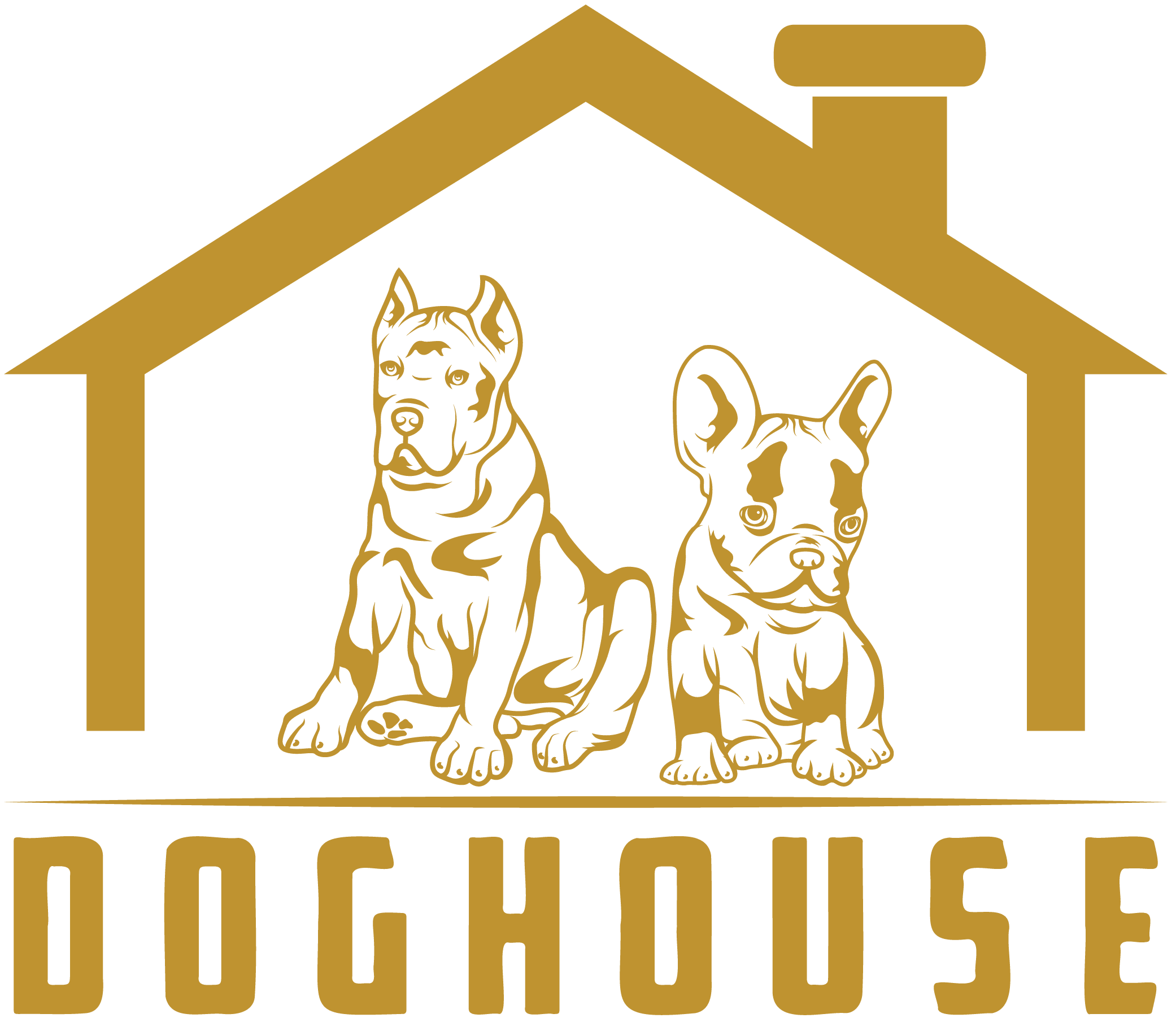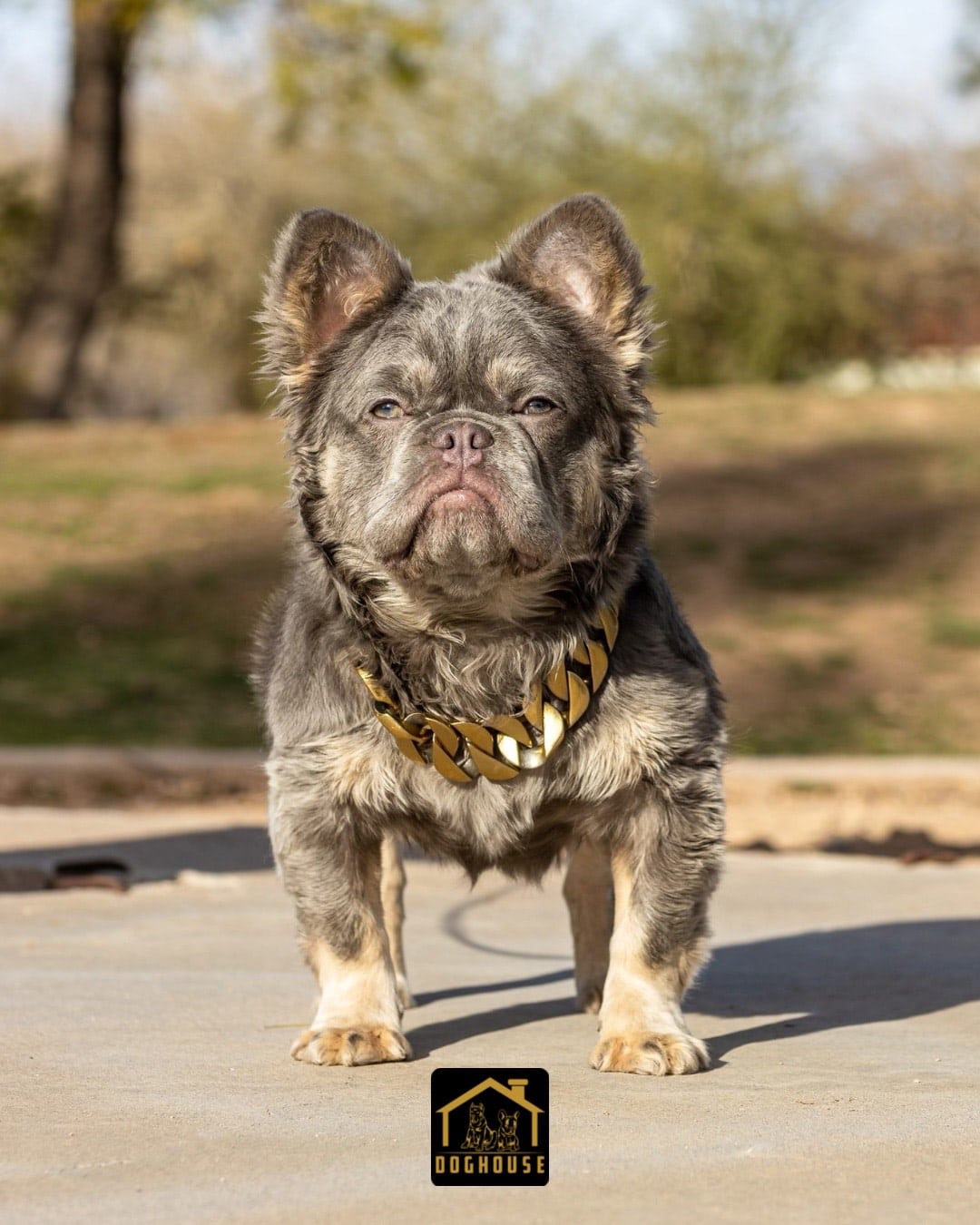The Labrador Retriever, often simply known as the Labrador or Lab, is one of the most popular and beloved dog breeds in the world. Labrador Retrievers were originally developed in the United Kingdom. Known for their friendly, outgoing, and high-spirited nature, Labs are not only exceptional working dogs but also make wonderful family companions. Their intelligence and eagerness to please contribute to their success in various roles, including guide dogs, search and rescue dogs, and therapy dogs. Renowned for their diving abilities and love of water, Labrador Retrievers are truly remarkable dogs with a rich history and an enduring appeal.
History
The Labrador Retriever, commonly known as the Lab, is a breed with a rich and fascinating history. This breed originated from the St. John’s water dogs of Newfoundland, Canada. These early dogs were prized by fishermen for their excellent swimming abilities and their skill in retrieving fish and nets from the water. In the early 19th century, these dogs were brought to the United Kingdom, where they were further developed and refined into the breed we know today as the Labrador Retriever.
The breed’s name comes from the Labrador Sea, despite originating in Newfoundland. Labs were recognized for their exceptional retrieving skills, particularly in waterfowl hunting, and were quickly adopted by British aristocracy for hunting purposes. By the 20th century, the Labrador Retriever’s reputation had spread beyond hunting circles, and they began to be celebrated as versatile working dogs and beloved family pets.
Labradors are known for their friendly, outgoing, and high-spirited nature. Their intelligence and eagerness to please make them excellent candidates for various roles, including guide dogs, search and rescue dogs, and therapy dogs. Today, the Labrador Retriever remains one of the most popular dog breeds worldwide, cherished for their affectionate nature and versatile abilities.
The Labrador Retriever held the title of the most popular dog breed in the United States for an impressive 31 consecutive years, according to the American Kennel Club (AKC). This remarkable run began in the early 1990s and continued uninterrupted until 2021. In 2022, the French Bulldog took over the top spot, ending the Labrador Retriever’s three-decade reign as America’s favorite breed.
Labrador Retriever Temperament
The Labrador Retriever is renowned for its friendly, outgoing, and gentle temperament, making it one of the most popular family dogs worldwide. Labs are known for their playful and energetic nature, which makes them ideal companions for both children and adults. They are highly intelligent and eager to please, which contributes to their ease of training and versatility in various roles, from family pets to working dogs.
Labradors are exceptionally social and thrive on human companionship. Their warm and affectionate disposition makes them well-suited for first-time dog owners as well as experienced pet parents. Labs are often described as loyal and gentle, displaying a lovable and gentle personality that endears them to everyone they meet. However, they can also be quite exuberant and require regular exercise to keep them physically and mentally stimulated.
Overall, the Labrador Retriever’s temperament is characterized by its combination of friendliness, intelligence, and enthusiasm, making it a beloved and adaptable breed for a variety of lifestyles.
Labrador Retriever Price
The price of a Labrador Retriever can vary significantly depending on several factors such as pedigree, breeder reputation, and geographical location. On average, the cost of a Labrador puppy from a reputable breeder ranges between $1,000 and $2,000. Show-quality puppies, which come from champion bloodlines, typically cost on the higher end of this range, often between $1,800 and $2,000. Puppies intended for fieldwork or from less renowned breeders might be priced lower, around $1,500.
In addition to the initial purchase price, prospective Labrador owners should also consider the ongoing costs of raising a Labrador Retriever. These expenses include food, veterinary care, grooming, training, and pet insurance. On average, pet insurance for a Labrador Retriever costs about $48 per month.
Overall, while the initial cost of purchasing a Labrador Retriever can be significant, the ongoing costs of maintaining their health and well-being should also be taken into account when considering this popular and lovable breed.
Additional Cost
Owning a Labrador Retriever involves several additional costs and expenses beyond the initial purchase price. These costs are essential to ensure the health, happiness, and well-being of your Labrador. Here are some of the key additional costs to consider:
- Food and Nutrition: Labrador Retrievers are active and energetic dogs that require high-quality food to maintain their health. Monthly food expenses can range from $50 to $100, depending on the brand and dietary needs of your dog.
- Veterinary Care: Regular veterinary check-ups, vaccinations, and preventative care are crucial for your Labrador’s health. Annual veterinary costs can range from $200 to $500, not including emergency medical expenses, which can be significantly higher.
- Grooming: Labradors have a double coat that requires regular grooming to prevent matting and to control shedding. Professional grooming services may cost $30 to $60 per session, and home grooming supplies can add to this expense.
- Training and Obedience Classes: Labradors are intelligent and energetic dogs that benefit from professional training, especially during their puppy years. The cost of training classes can range from $100 to $300 for a series of sessions.
- Pet Insurance: To manage unexpected veterinary costs, many Labrador owners invest in pet insurance. The average monthly premium for pet insurance for a Labrador Retriever is about $48[4].
- Toys and Supplies: Labradors are playful dogs that require a variety of toys and supplies to keep them entertained and mentally stimulated. These expenses can add up to $10 to $50 per month.
- Boarding and Daycare: If you travel frequently or work long hours, you may need to consider the cost of boarding or daycare services. Boarding can cost $25 to $50 per day, while daycare services can range from $15 to $30 per day.
By planning for these additional costs, you can ensure that your Labrador Retriever receives the care and attention they need to thrive.
Labrabor Retriever Life Expectancy
The life expectancy of a Labrador Retriever typically ranges from 12 to 12.5 years, making them a relatively long-lived breed among medium to large dogs. However, recent studies have shown that the color of a Labrador can impact its lifespan. For instance, chocolate Labradors have a shorter median lifespan of about 10.7 years, which is approximately 1.4 years less than black or yellow Labradors.
Several factors influence a Labrador’s lifespan, including genetics, diet, exercise, and overall healthcare. To ensure a long and healthy life for your Labrador, regular veterinary check-ups, a balanced diet, and adequate exercise are essential. Additionally, preventative measures such as vaccinations and parasite control play a significant role in maintaining their health.
By providing proper care and attention, Labrador owners can help their beloved pets live a full and healthy life.
Common Health Issues
Labrador Retrievers are known for their friendly and energetic nature, but like all breeds, they are prone to certain health issues. Understanding these common health problems can help owners take preventative measures and seek timely treatment for their pets.
- Hip and Elbow Dysplasia: These are genetic conditions where the hip or elbow joints do not develop properly, leading to arthritis and pain. It is one of the most common issues seen in Labradors.
- Obesity: Labradors have a tendency to gain weight easily, which can exacerbate other health issues like joint problems and diabetes. Maintaining a balanced diet and regular exercise is crucial.
- Progressive Retinal Atrophy (PRA): PRA is a degenerative eye disorder that leads to blindness. Early signs include night blindness and dilated pupils. Regular eye check-ups can help in early detection and management.
- Exercise-Induced Collapse (EIC): This condition causes Labradors to suddenly collapse after intense exercise due to muscle weakness. It is a genetic disorder, and affected dogs should avoid strenuous activity.
- Osteochondritis Dissecans (OCD): OCD is a developmental disorder affecting the cartilage in the joints, leading to pain and lameness. It often requires surgical intervention to correct.
- Laryngeal Paralysis: This condition affects the nerves controlling the larynx, causing breathing difficulties. It is more common in older Labradors and may require surgical treatment in severe cases.
- Hypothyroidism: Labradors can suffer from hypothyroidism, where the thyroid gland does not produce enough hormones, leading to symptoms like weight gain, lethargy, and skin problems. It is usually managed with medication.
Regular veterinary check-ups, a balanced diet, and appropriate exercise are key to managing these health issues and ensuring a long, healthy life for your Labrador Retriever.
Labrador Retriever Size
The Labrador Retriever is a medium to large-sized dog breed, renowned for its strong and sturdy build. Males typically stand between 22.5 to 24.5 inches tall at the shoulder, while females measure slightly shorter, ranging from 21.5 to 23.5 inches in height. In terms of weight, male Labradors generally weigh between 65 to 80 pounds, whereas females weigh between 55 to 70 pounds.
Labradors possess a muscular and athletic physique, which is almost square in appearance due to their balanced body proportions. Their chest is broad and deep, contributing to their powerful and robust frame, ideal for swimming and retrieving. Their legs are strong and sturdy, supporting their energetic and active lifestyle.
These physical attributes make the Labrador Retriever well-suited for various roles, including hunting, service work, and as family companions. Their size, combined with their friendly and outgoing nature, makes them a favorite among dog enthusiasts worldwide.
Labrador Puppy Weight Chart
Here is a table comparing the average weight for male and female Labrador Retriever puppies from 1 to 12 months:
| Age (Months) | Male Weight (lbs) | Female Weight (lbs) |
|---|---|---|
| 1 | 8 – 15 | 8 – 12 |
| 2 | 12 – 20 | 10 – 18 |
| 3 | 20 – 30 | 20 – 25 |
| 4 | 25 – 40 | 22 – 35 |
| 5 | 30 – 45 | 25 – 40 |
| 6 | 35 – 50 | 30 – 45 |
| 7 | 40 – 55 | 32 – 50 |
| 8 | 45 – 60 | 35 – 55 |
| 9 | 50 – 65 | 38 – 60 |
| 10 | 55 – 70 | 40 – 62 |
| 11 | 60 – 75 | 42 – 65 |
| 12 | 65 – 80 | 45 – 70 |
This table provides a general guideline for the average weight range of male and female Labrador Retriever puppies as they grow from 1 to 12 months old.
Labrador Retriever Colors
When it comes to coat colors, Labradors are traditionally classified into three primary categories: black, yellow, and chocolate. These colors are the result of specific genetic combinations and have been well-documented throughout the breed’s history.
- Black Labrador Retrievers: Black is the most common color in Labradors. Historically, they were the preferred choice for hunting and retrieving due to their excellent camouflage in various environments.

- Yellow Labrador Retrievers: Yellow Labs can range from a pale cream to a rich fox red. This variation in shade is due to the interplay of different genes affecting pigmentation. Yellow Labradors are often favored for their friendly and outgoing nature.

- Chocolate Labrador Retrievers: Chocolate Labs have a coat color that varies from light to dark brown. This color is less common than black or yellow. Chocolate Labradors are often sought after for their distinctive and striking appearance.

The genetic inheritance of these coat colors is relatively straightforward. The B locus gene determines whether a Labrador will be black or chocolate, with the dominant B gene producing black and the recessive b gene producing chocolate. The E locus gene affects the expression of these colors, with the presence of the recessive e gene producing yellow regardless of the B gene.
Overall, the coat color of a Labrador Retriever does not influence their temperament or abilities. Each color has its unique charm and appeal, making Labradors a versatile and beloved breed across all their variations.
Labrador Retriever Grooming Needs
Labrador Retrievers have specific grooming needs to maintain their health and appearance. Here are the key grooming requirements for this popular breed:
- Brushing: Labradors have a dense double coat that sheds throughout the year, with increased shedding during seasonal changes. Regular brushing, at least once or twice a week, helps remove loose hair and reduces shedding. A slicker brush or a grooming rake is effective for reaching the undercoat and removing dead hair.
- Bathing: Labradors do not require frequent baths. A bath every 4 to 8 weeks is typically sufficient unless they get particularly dirty or start to smell. Use a dog-specific shampoo to maintain the natural oils in their coat.
- Nail Trimming: Regular nail trims are essential to prevent overgrowth and discomfort. Check and trim your Labrador’s nails every 3 to 4 weeks, or as needed, to keep them at a manageable length.
- Ear Cleaning: Labradors are prone to ear infections due to their floppy ears. Regular ear cleaning, about once a week, can help prevent infections. Use a vet-recommended ear cleaner and cotton balls to gently clean the ears.
- Teeth Brushing: Dental care is crucial for preventing gum disease and bad breath. Brush your Labrador’s teeth at least twice a week with dog-specific toothpaste. Daily brushing is ideal for optimal oral health.
Conclusion
In conclusion, the Labrador Retriever stands out as one of the most beloved and versatile dog breeds worldwide. Known for their friendly, loyal, and intelligent nature, Labradors excel as family pets, working dogs, and hunting companions. Their trainability and gentle demeanor make them particularly suitable for roles such as service dogs and therapy animals. Labradors are celebrated for their affectionate personality and boundless energy, which require regular exercise and mental stimulation to keep them happy and healthy. Overall, the Labrador Retriever’s exceptional qualities ensure its enduring popularity and esteemed place in the hearts of dog lovers everywhere. If you are interested in a Labrador Retriever puppy from a reputable breeder then download our DogHouse puppy finder app!










